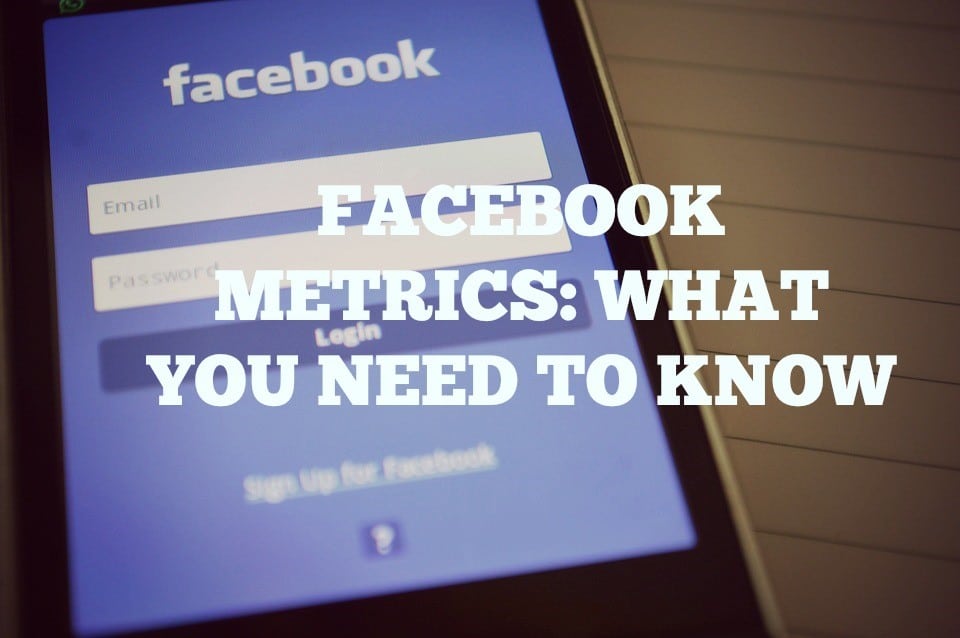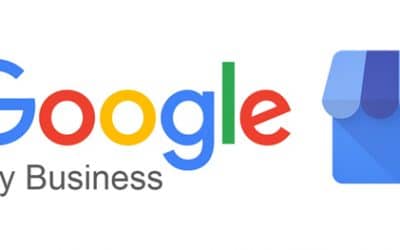If you don’t already know that Facebook is one of the most powerful marketing tools out there, you may have been living under a rock for the last decade. The most popular social media network, and what could be argued as the founder of social media networking, Facebook, could be worth $1 trillion in the next few years. With 1.5 billion monthly active users logging in to Facebook on their mobile devices, getting your ads recognized and performing on Facebook is a huge win for marketers.
Building an organic fan base, plus investing in Facebook Ads is all well and good, but getting those ads noticed in a highly-competitive space, such as the Facebook Newsfeed, is a big challenge. One of the first rules of marketing is that you measure your performance and make changes based on these metrics. The same goes for Facebook – find out what’s working and keep doing it (or find out what’s not working and stop doing it). But, there is more to Facebook than likes, reach, clicks and shares. You need to track the real numbers – the numbers that matter and these six tracking metrics are the ones to think more closely about.
Number of Conversions
The end game – conversion – is a more important measure than who simply clicks and likes your content. Take a look at your lead generation and balance it out with your cost per click on each ad. Do higher-spend ads convert better? Are you getting a number of click-throughs, but clickers are buying? You’ll also want to analyze your sales and if your ad spend is bringing them in at a sufficient number. Traffic to your website is also important and if your ads aren’t getting you the traffic, you might need to take a look at why. Facebook pixels is a great way to track conversions.
Ad Exposure
Some marketers may be under the impression that repetition and generally repeated exposure is the way to get people buying, but this is actually not the case. In fact, if users see an ad one too many times, it can lead to banner blindness, or worse, brand hatred! If the frequency of your ads is too high, it could lead users to start ignoring or disliking your brand, just because of one ad. As well, Facebook allows users to submit feedback on the ads on their page and an ad that is repeatedly placed on their page could be found “annoying”, “not interesting”, “not relevant” or chosen as something they “keep seeing”, which in turn will force Facebook to hide the ad from that user and hurt your relevance score.
In the case of ad exposure, less is more and designing new and fresh ads often is a better way to target your audience without getting on their nerves.

Return on Investment
Finding out which ads bring in the most and least revenue is definitely one sure-fire strategy in ensuring your ads are converting as they should. When you find out this information, you can reallocate your ad spend appropriately. Revenue itself isn’t always an adequate indicator of ad spend success, so by having a Facebook Pixel in place, you’ll get a return on investment value on every Facebook ad.
Cost Per Click
Generally, cost per click (CPC) is the amount an advertiser is paying the publisher (in this case Facebook) every time the ad is clicked. You want to strive for a low CPC rate, as this formula is determined by the total ad spend divided by all clicks. Basically, if you don’t have many clicks, you are spending more per click than you’d probably like.
Click Through Rate
Again, this metric (CTR) is measuring your clicks, but this is just the general measurement of how many clicks your ad got. This number will directly influence your CPC. Using the two numbers together, you can figure out which ads are performing and which are not.
Cost Per Action
Cost Per Action (CPA) is how much it is costing you for a user to perform an action (click through, click play, share, like, etc.). You definitely want users to perform these tasks, but you’ll need to determine how much it is costing you every time they do it. Ads that are performing well will have a lower CPA overall, but you’ll also need to evaluate this cost along with your ad spend and other factors.
Each of these metrics needs to be taken into consideration together with all of the other metrics we’ve spoken about in this article. Evaluating each individually won’t give you the big picture that you’ll need to find out how to better tailor your Facebook campaigns.









0 Comments